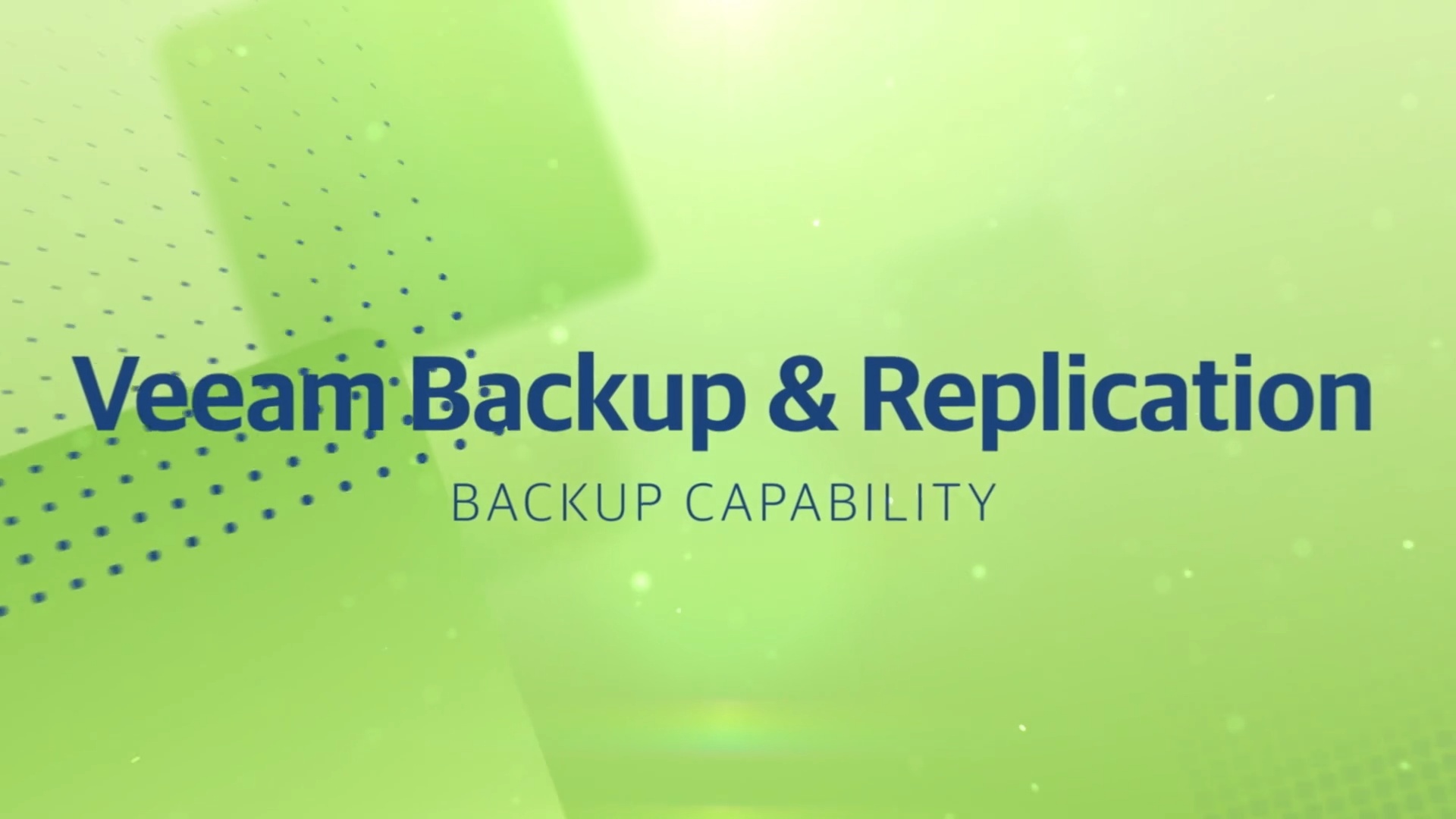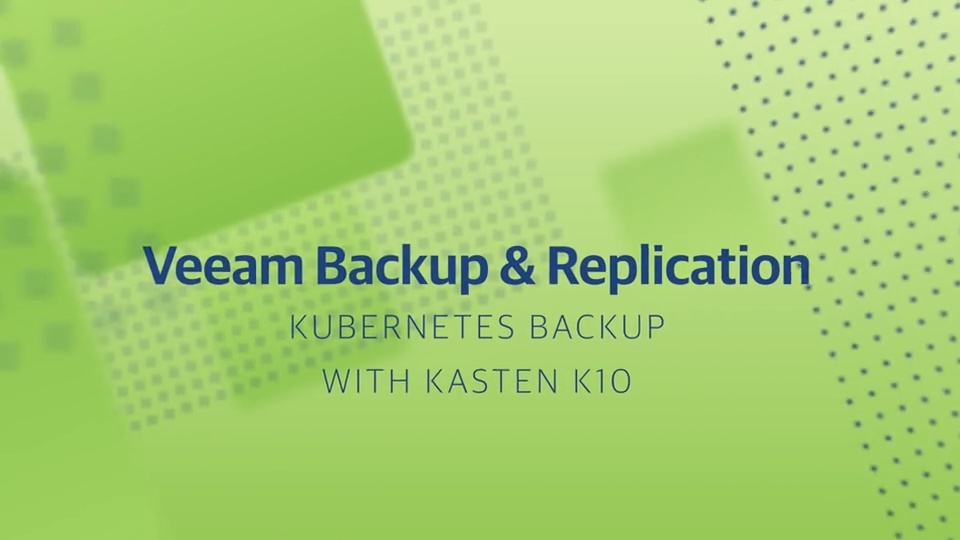Reliable backup for your data
Veeam Backup & Replication
Full functionality for 30 days
Protect everything anywhere. Scale to win.

Everything, everywhere — protected

Align your backup objectives

Simple, scalable protection
Assemble your backup strategy
Built for speed
Backups complete quickly with image-based, single pass backups that leverage VM, hardware and OS snapshots.
Portable by design
Veeam’s backup format is designed to be portable across multiple clouds, platforms, environments and hardware.
Easy to control
Quickly realize the power of Veeam with wizards, policies and an intuitive UI that’s easy for any administrator to master.
Protect everything
Automate discovery and backup of supported VMs, servers, applications and databases for complete data protection, now including Kubernetes.
Speak the native language
Enjoy fast, low-impact backups via integration with native tools, including Microsoft VSS, Oracle RMAN, SAP Backint and Kubernetes API.
Data stays safe
Ransomware stays out — 100% ransomware-proof backups with S3 Object Lock functionality and immutable backups.
Flexible storage options
Alliance Partners offer high-performance primary backup, object and tape storage with tested “Veeam Ready” solutions.
Scale with ease
Add any storage into Scale-out Backup Repository to create a logical pool that can be easily targeted for backups.
It Just Works
Guarantee recovery with trusted backups that are automatically tested to detect cyberthreats and bad configurations.
Resources
FAQ
What does modern backup mean?
How does backup help me meet compliance goals?
Most modern data protection solutions provide some type of automated discovery, which can leverage your directory services, VM tagging and other methods to see that everything gets identified and subsequently protected.
Direct integration with native application and database tools, including VSS, RMAN and SAP Backint, properly quiesce or “freeze” apps so that no data is missed during the backup snapshot.
Products like Veeam Backup & Replication automate security to keep your backup data safe from cyberthreats. Native immutable backups and immutable backups stored in the cloud ensure that your data cannot be deleted, encrypted or altered in any way for the duration of its life cycle.
Why is scalability important for backup?
Scale is necessary in varying amounts across different businesses and verticals. For backup, scale is typically needed in the following areas:
- Backup management
- Backup storage
- Additional infrastructure to support backup (SAN, backup networks, etc.)
Depending on your company and data sizes, you will see scalability needed first in either backup management or storage. For management, scale is critical and is commonly realized through an intuitive UI that can manage all of your backup assets from on premises to the cloud. For storage, scale is needed to store your backup data for longer periods of time, including taking advantage of cold storage in the cloud.
Veeam makes things simple with flexible storage options through agnostic storage requirements and a strong alliance of “Veeam-powered” partners and service providers who are ready to help with a product that “just works”.
How Can We Help?
Get a no-obligation price quote and learn more about Veeam Software
Find answers to your questions with Veeam’s technical documentation
Get help for your Veeam products and software
























